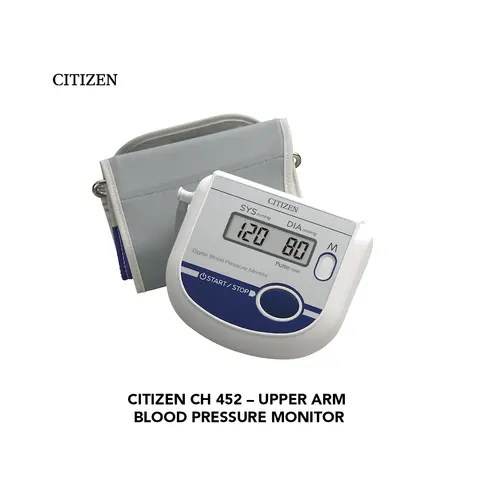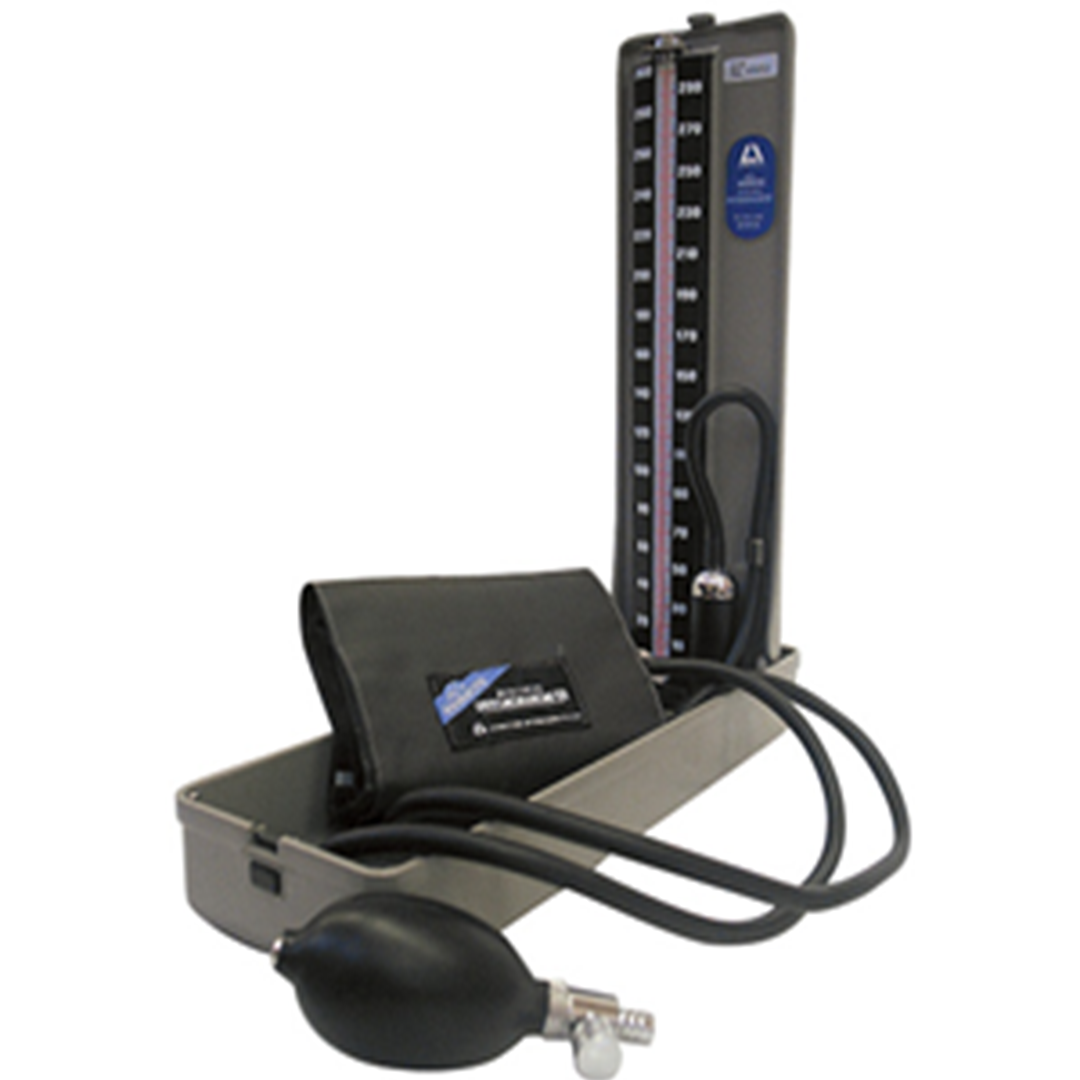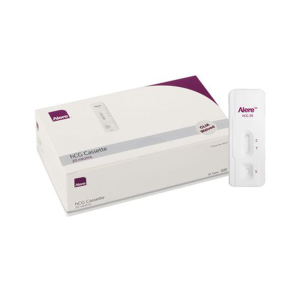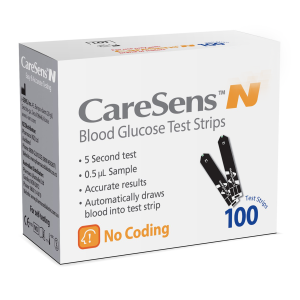L/S SPHYGMOMANOMETER MERCURIAL
$146.95
The L/S Sphygmomanometer is a medical device used for measuring blood pressure. It consists of a mercury column and a pressure cuff with an attached inflatable bladder. The device is designed to accurately measure systolic and diastolic blood pressure readings.
1 in stock
Description
Description:
The L/S Sphygmomanometer is a medical device used for measuring blood pressure. It consists of a mercury column and a pressure cuff with an attached inflatable bladder. The device is designed to accurately measure systolic and diastolic blood pressure readings.
Restrictions:
The L/S Sphygmomanometer should only be used by trained healthcare professionals or individuals who have been properly instructed on its use. It is not intended for home use or self-measurement of blood pressure.
Indications:
The L/S Sphygmomanometer is indicated for use in medical settings, such as hospitals, clinics, and doctor’s offices, to measure blood pressure in patients. It provides accurate and reliable readings necessary for diagnosing and monitoring blood pressure-related conditions.
Warnings:
1. Mercury is a toxic substance. Handle the device with extreme care to prevent breakage or spills. If the device breaks, follow proper mercury cleanup procedures and dispose of the device according to local regulations.
2. The L/S Sphygmomanometer should not be used on patients with known mercury allergies or sensitivities.
3. Avoid using the device on patients who have open wounds or skin infections in the area where the cuff is applied.
4. Do not use the device if the mercury column is damaged, as it may lead to inaccurate readings.
Precautions:
1. Always ensure the device is properly calibrated and maintained according to the manufacturer’s instructions.
2. Inspect the cuff, bladder, and tubing for any signs of wear or damage before each use. Replace any worn or damaged parts.
3. Clean and disinfect the device between uses to prevent cross-contamination.
4. Make sure the cuff is the appropriate size for the patient’s arm to ensure accurate readings.
5. Follow standard infection control practices to minimize the risk of infection transmission.
Directions for Use:
1. Select an appropriate cuff size for the patient’s arm.
2. Position the patient comfortably with their arm relaxed and supported at heart level.
3. Wrap the cuff around the upper arm, ensuring a snug fit but not too tight.
4. Locate the brachial artery on the inner side of the elbow and place the stethoscope over it.
5. Inflate the cuff by squeezing the inflation bulb until the mercury column reaches around 20-30 mmHg above the estimated systolic pressure.
6. Gradually release the pressure by opening the valve, and listen for the sounds of Korotkoff using the stethoscope.
7. Note the point where the first sound (systolic pressure) is heard and the point where the sound disappears (diastolic pressure).
8. Record the readings accurately.
Contraindications:
The L/S Sphygmomanometer should not be used in the following situations:
1. Patients with severe arrhythmias or irregular heartbeats.
2. Patients with arterial blockages or other circulatory disorders.
3. Patients with wounds, injuries, or infections in the arm where the cuff is applied.
4. Patients with a known sensitivity or allergy to mercury.
Usage:
The L/S Sphygmomanometer is intended for healthcare professionals to measure blood pressure accurately and reliably. It should be used in accordance with standard clinical practices and guidelines. Regular calibration, maintenance, and appropriate cleaning protocols should be followed to ensure accurate readings and patient safety.








